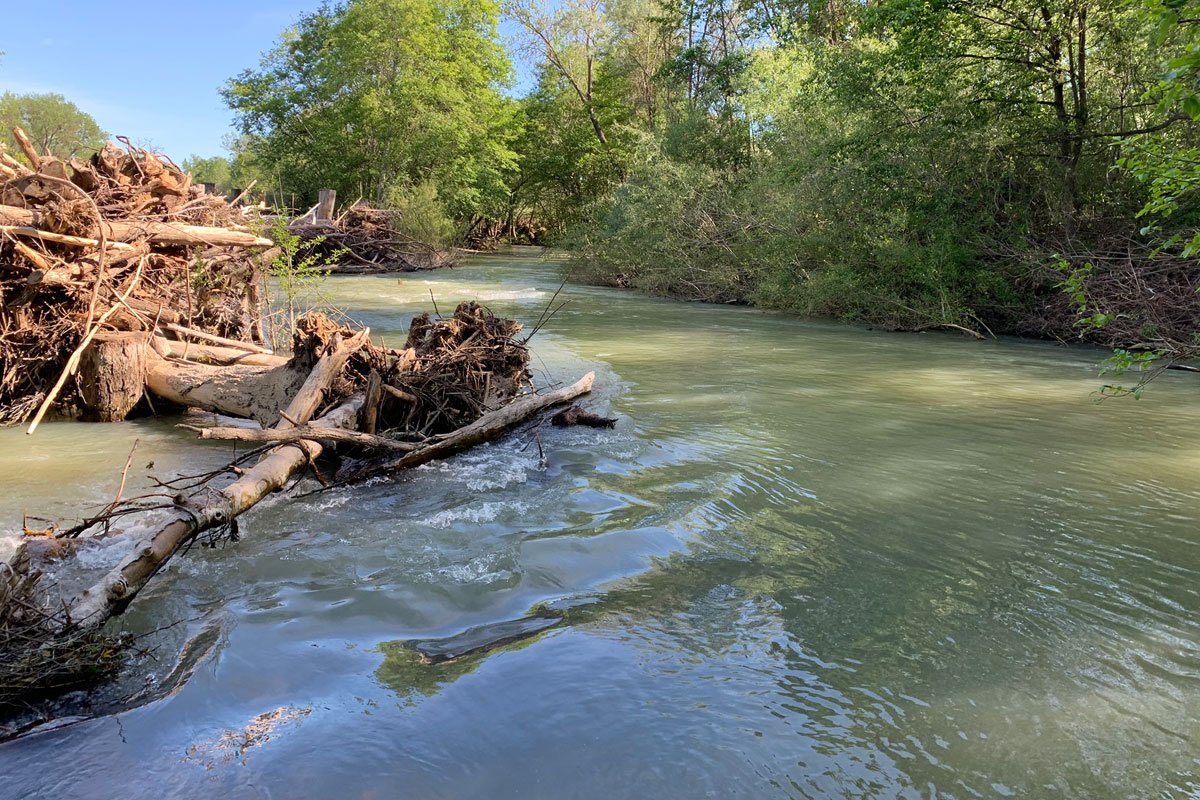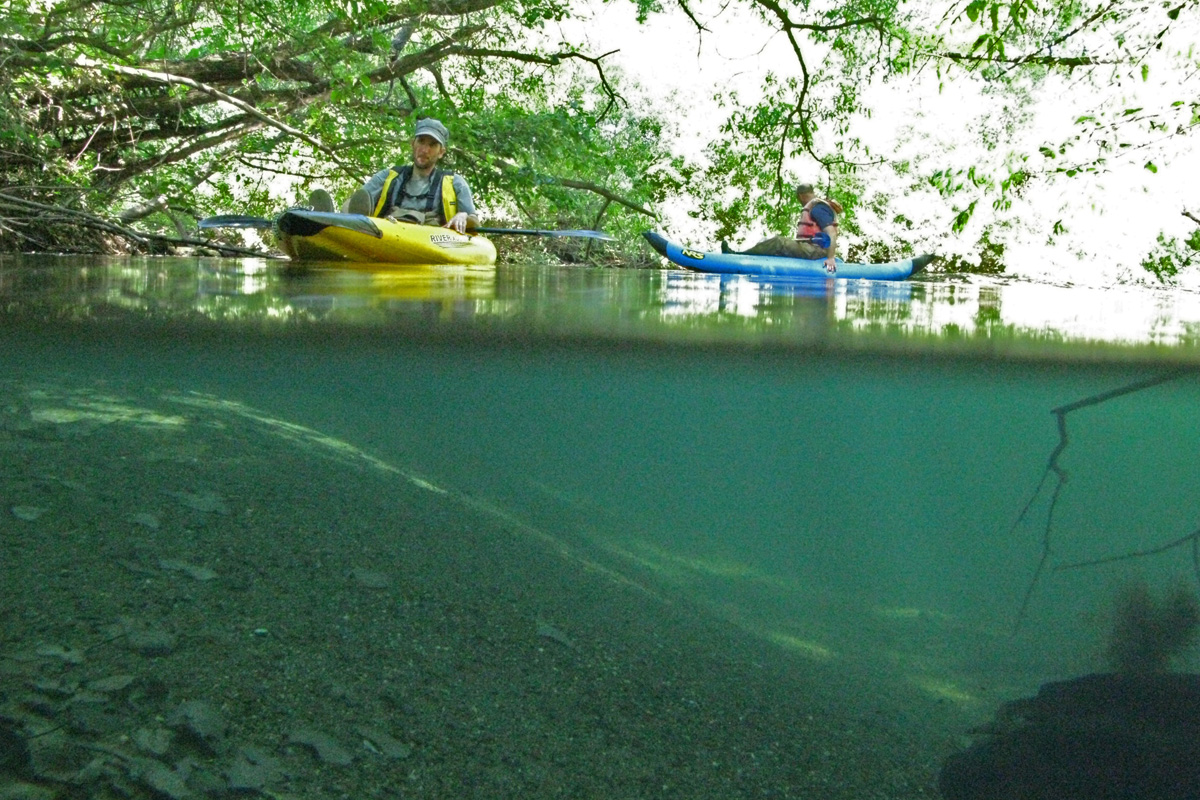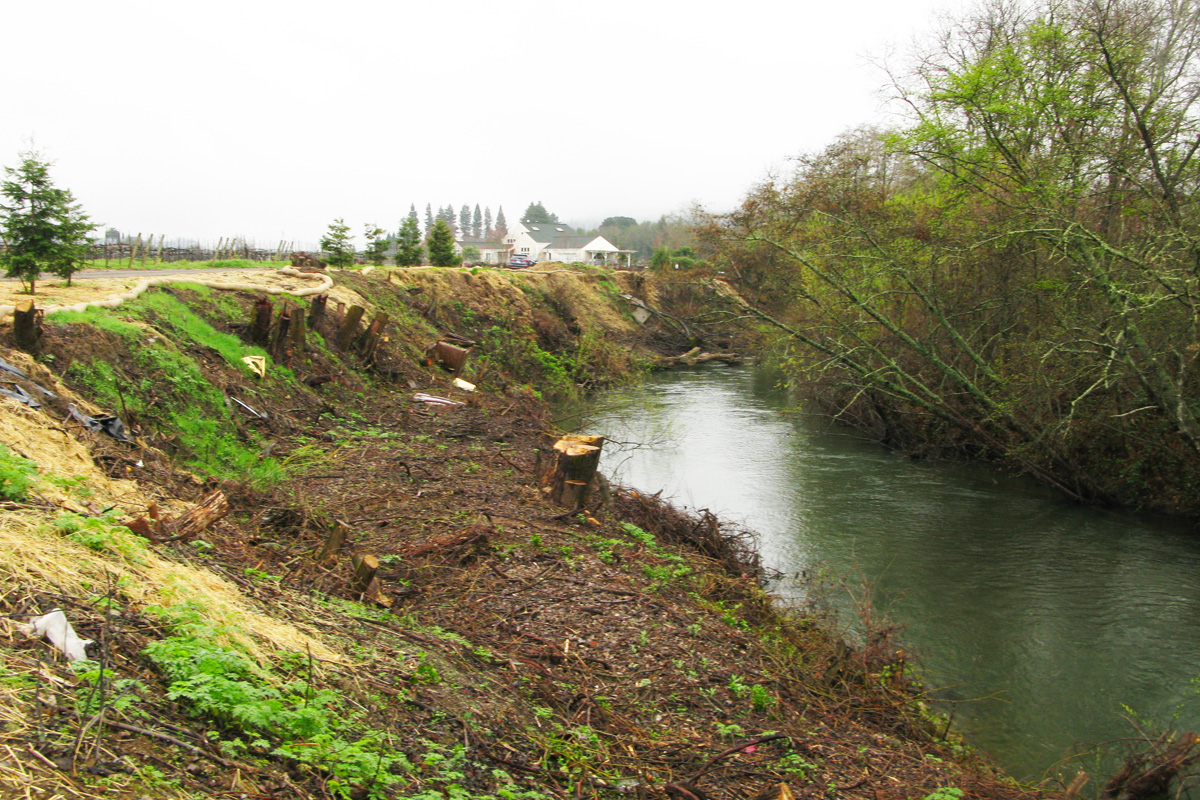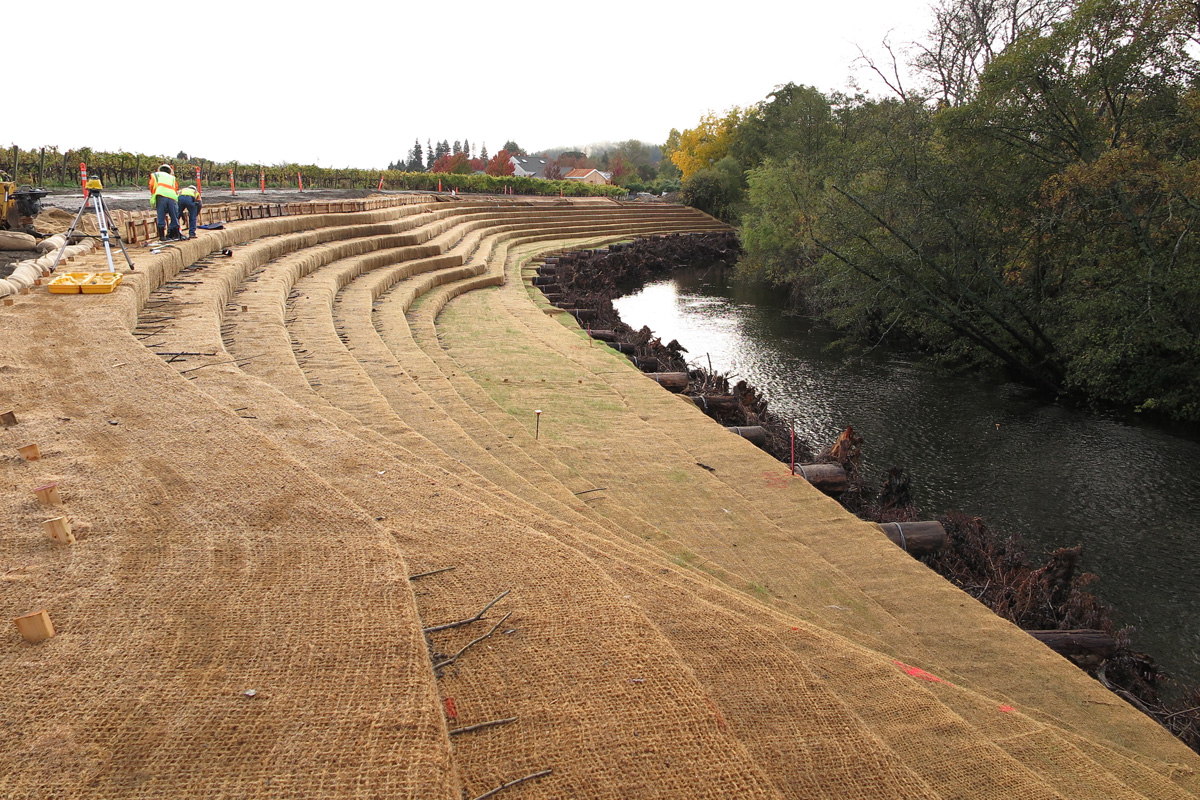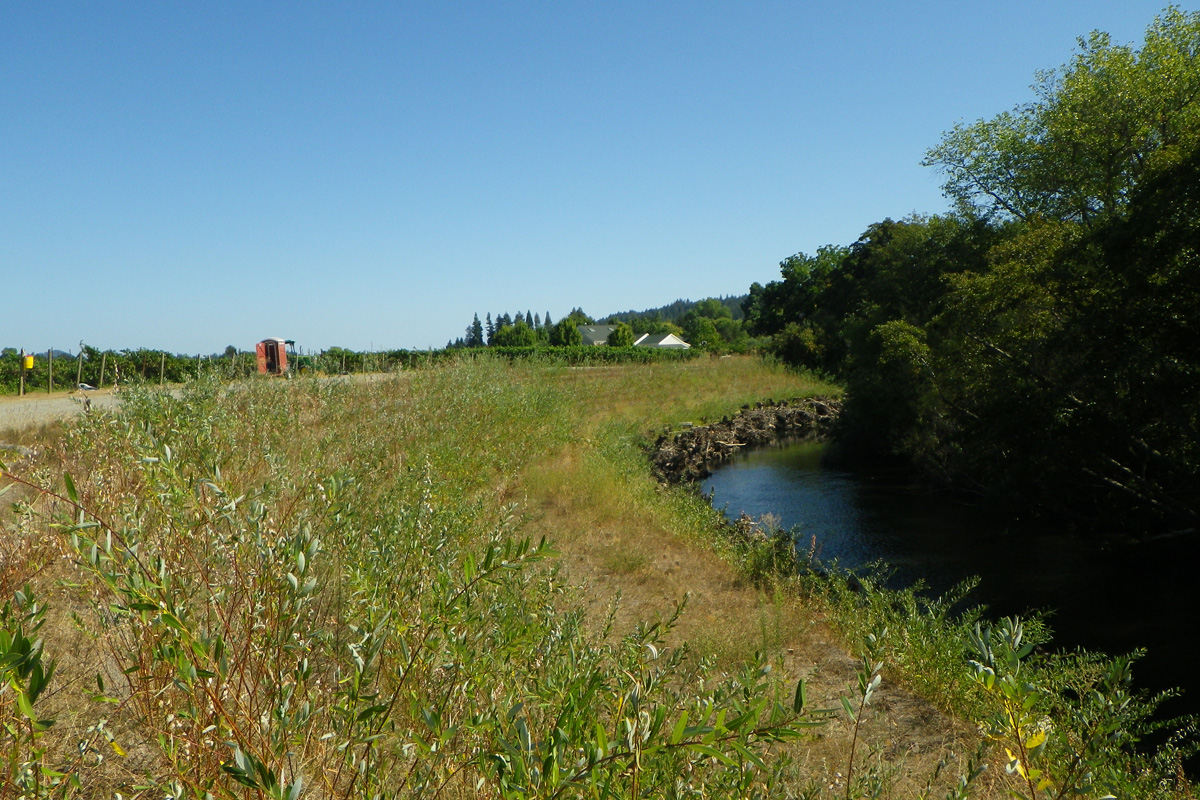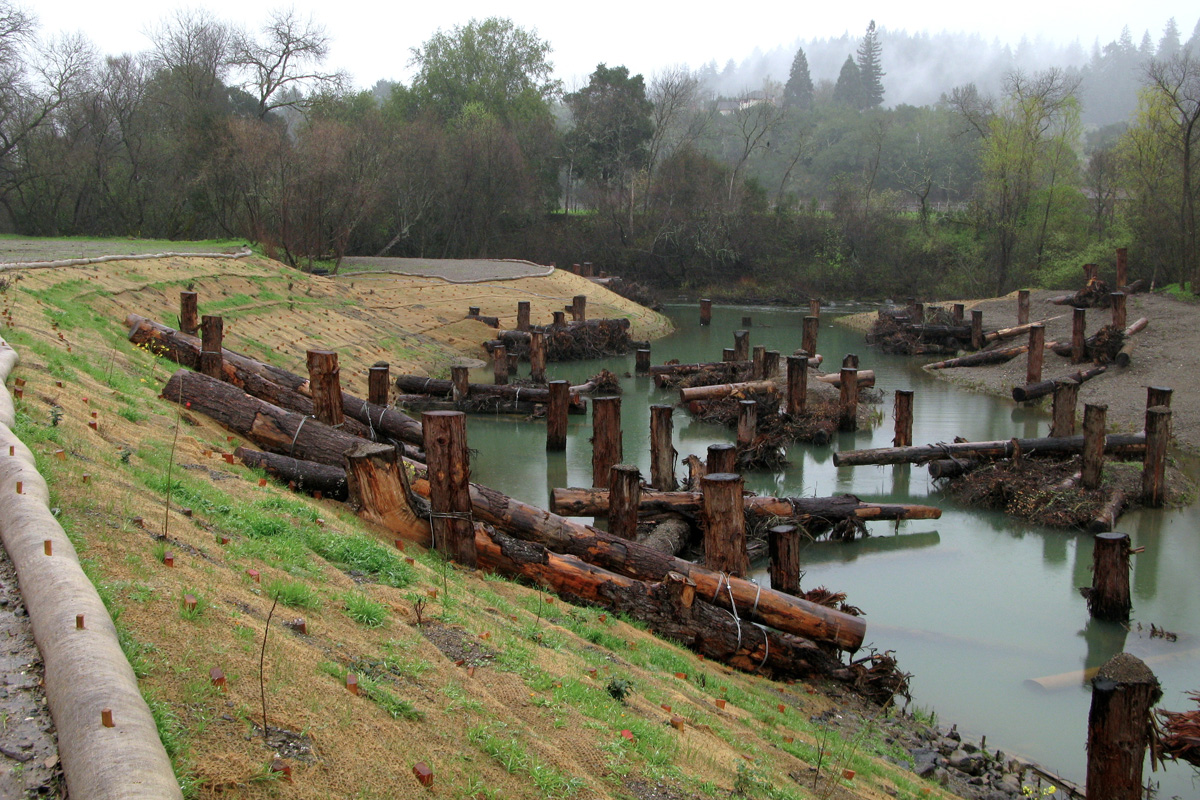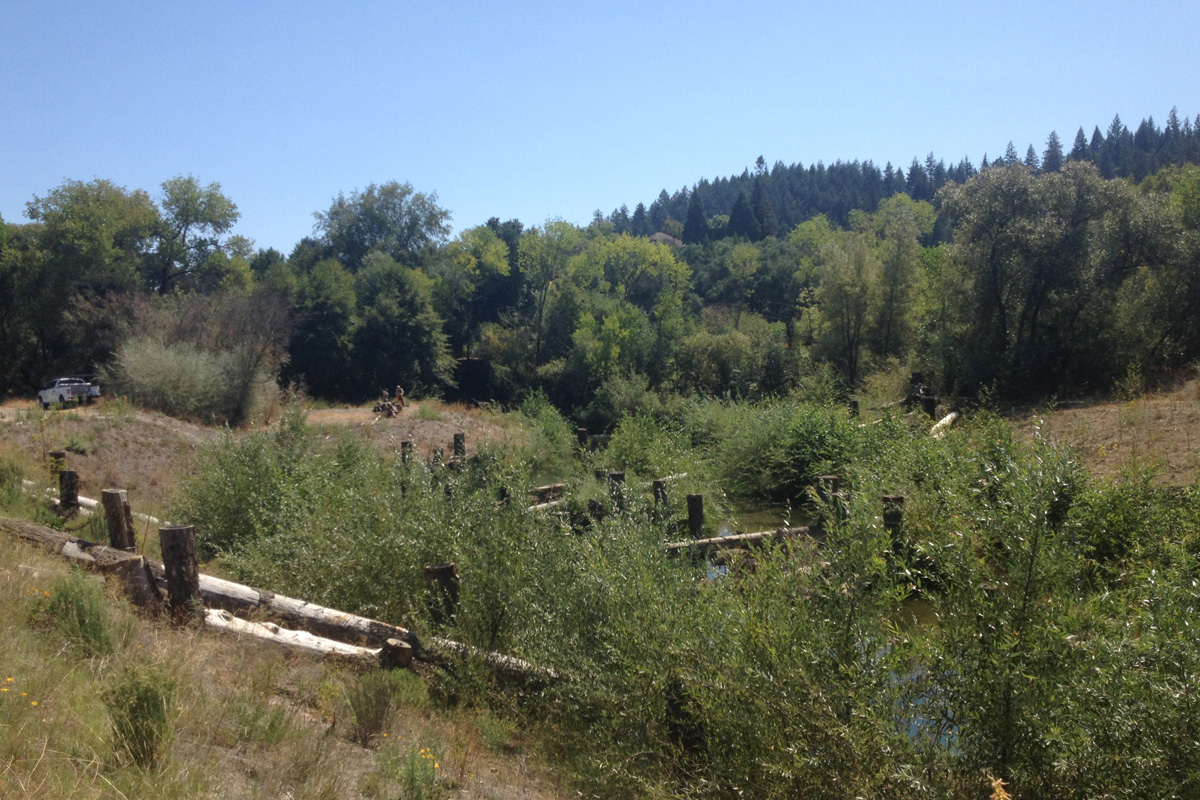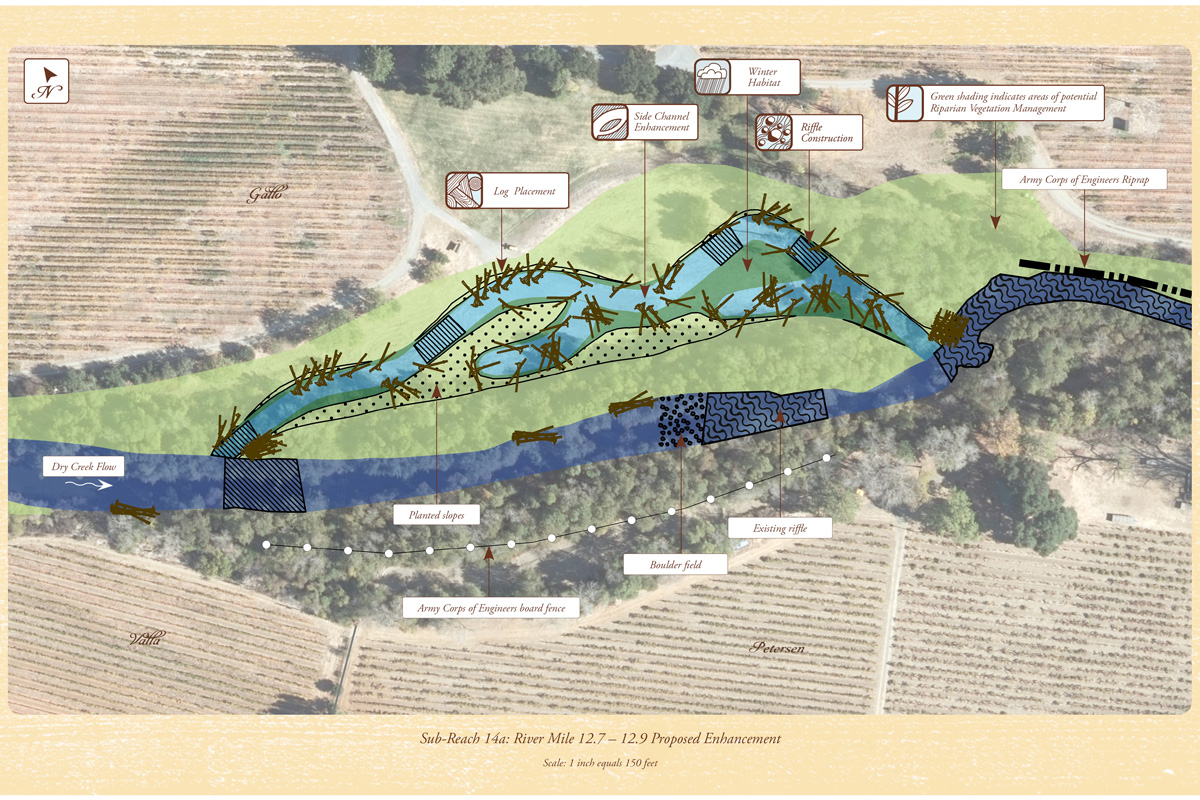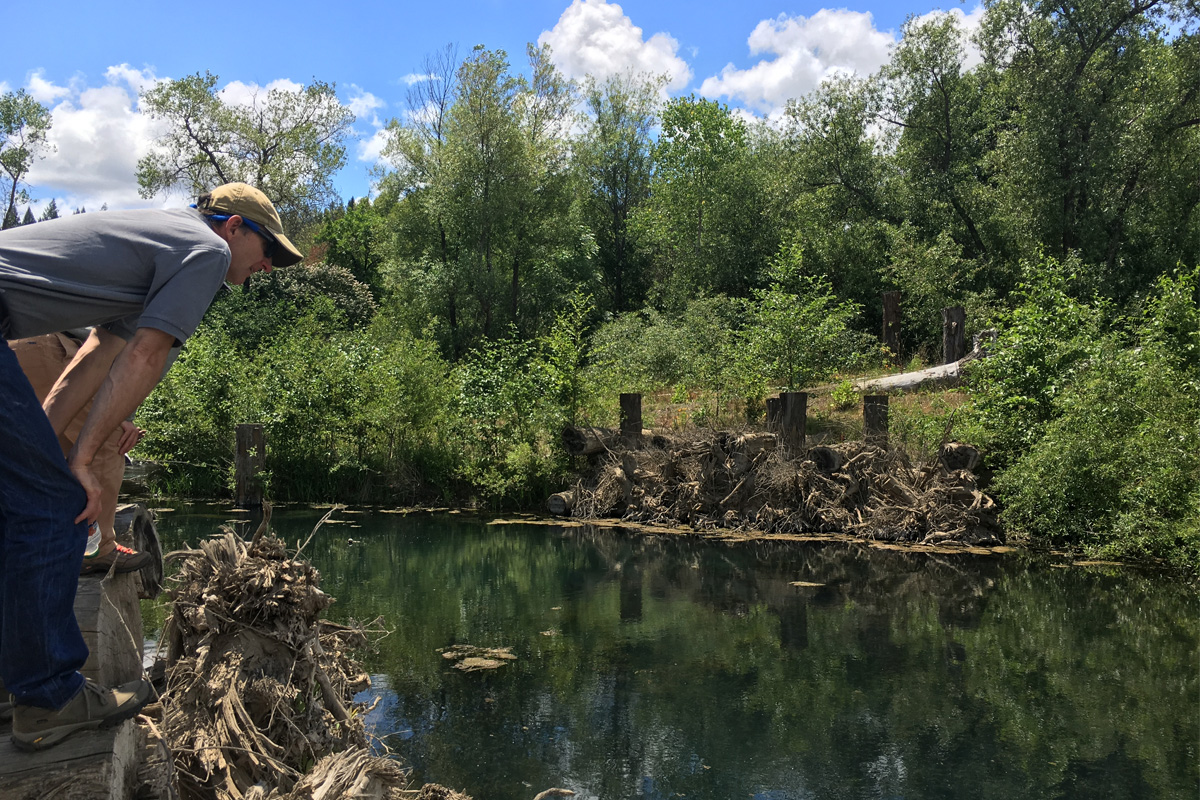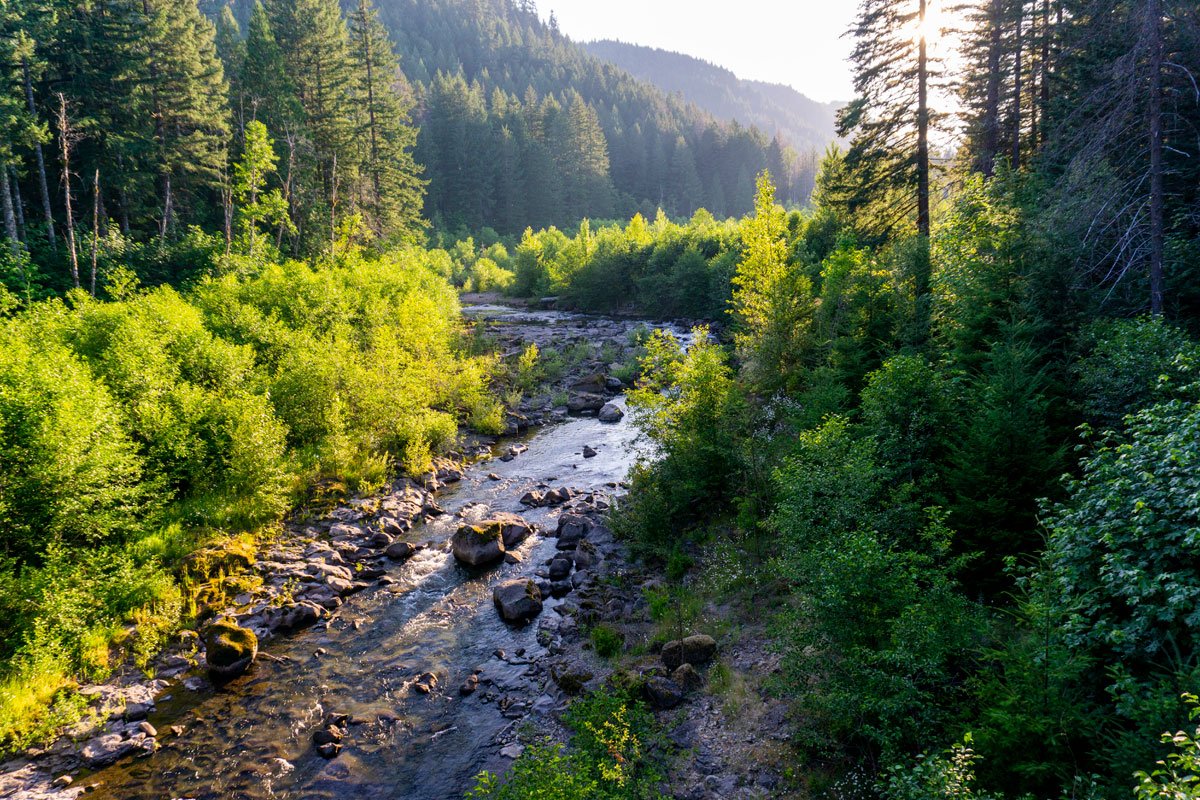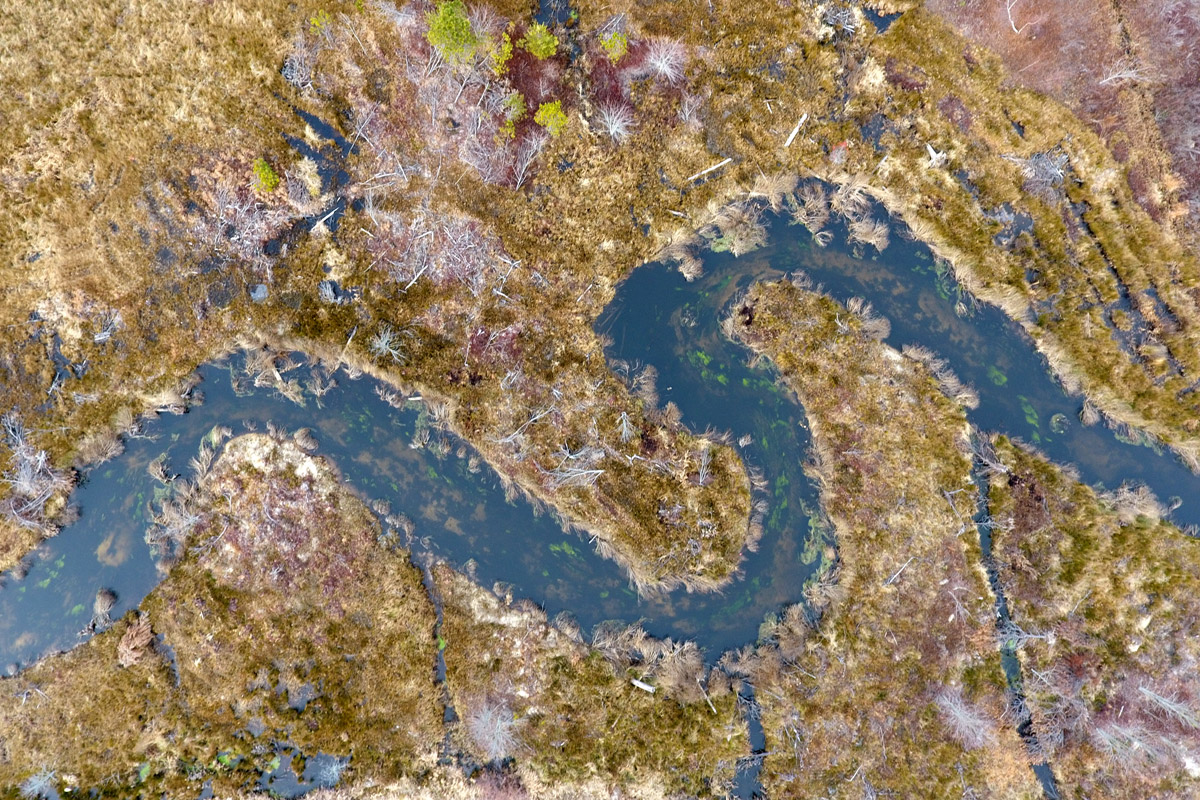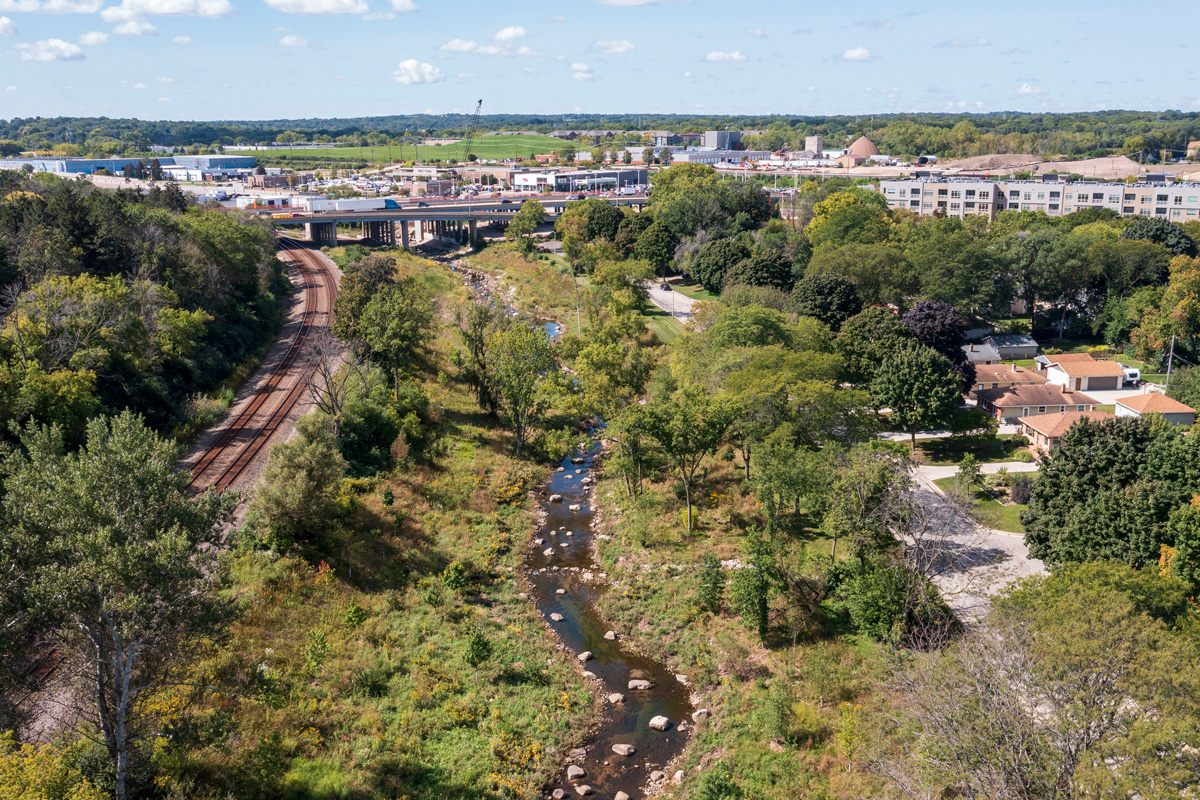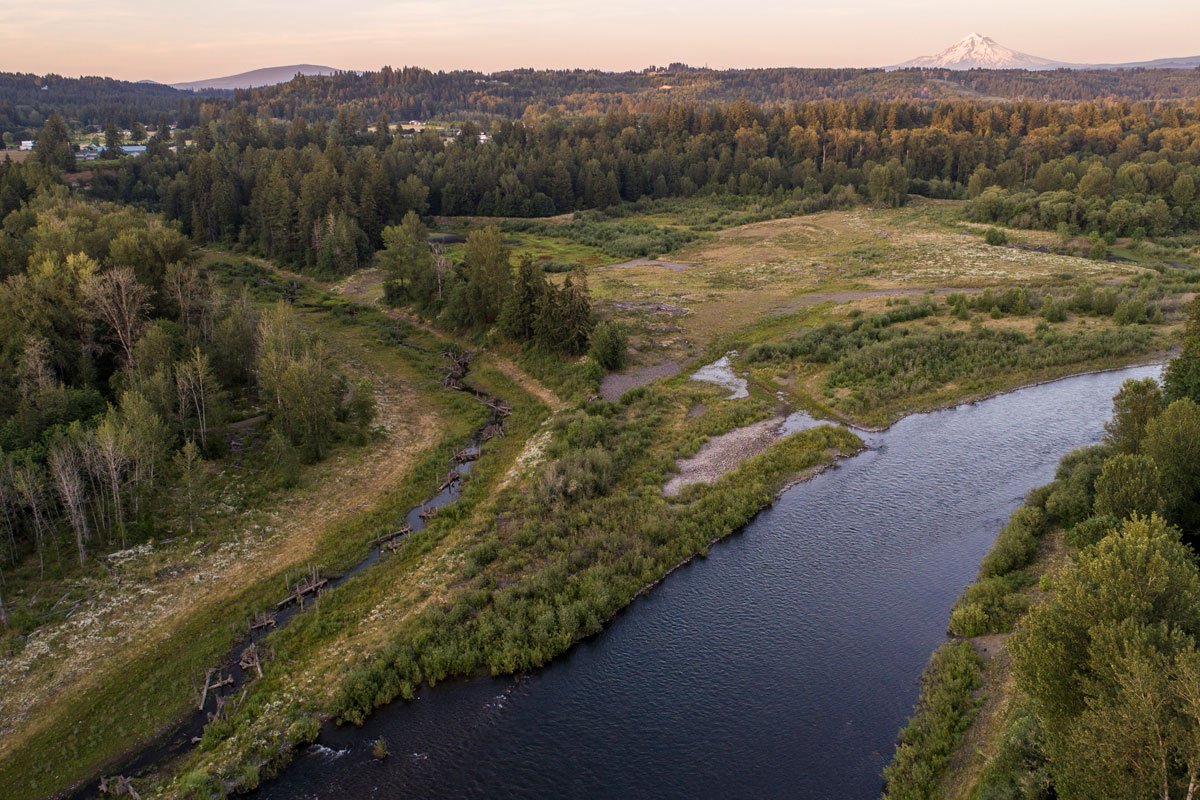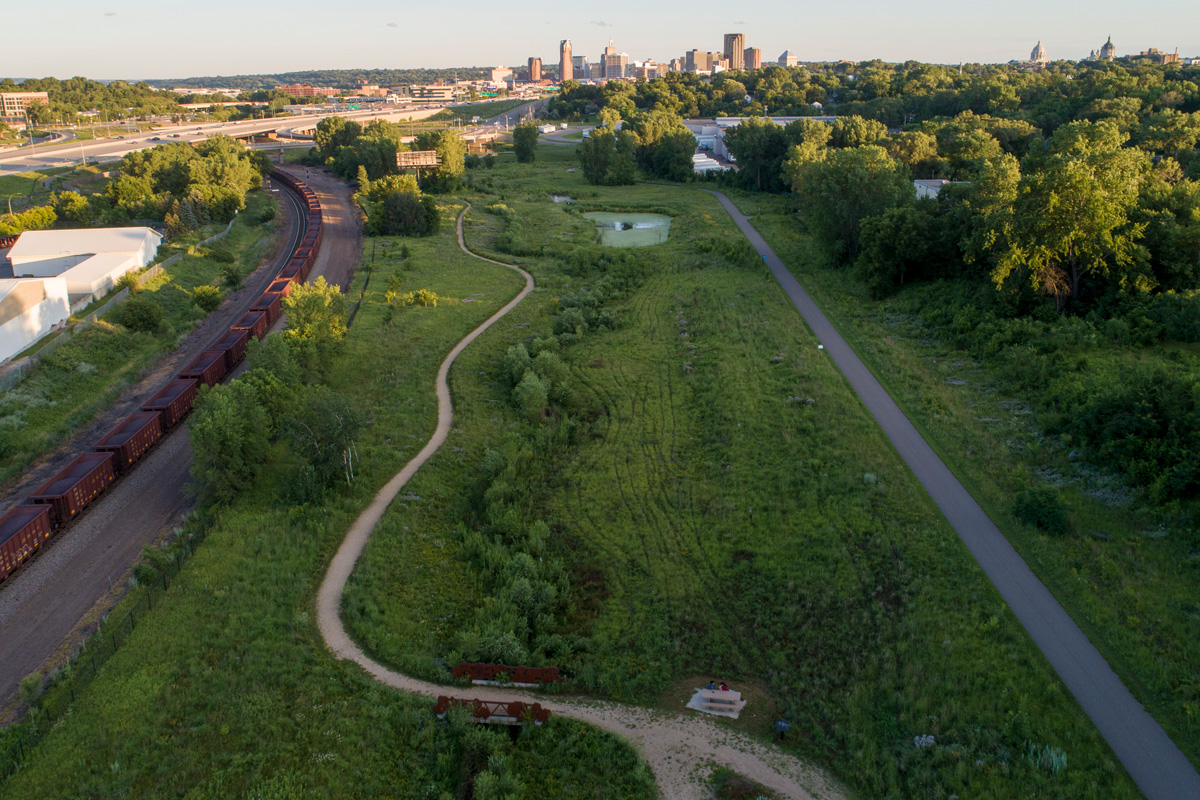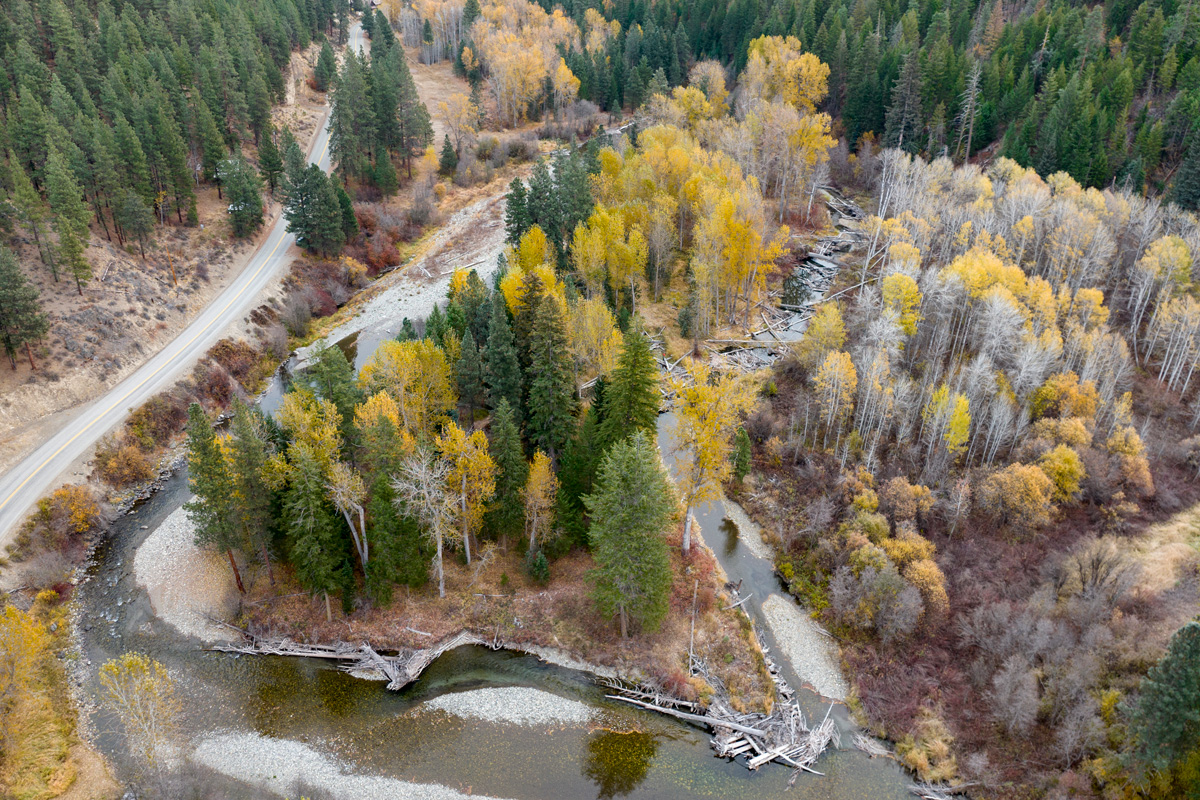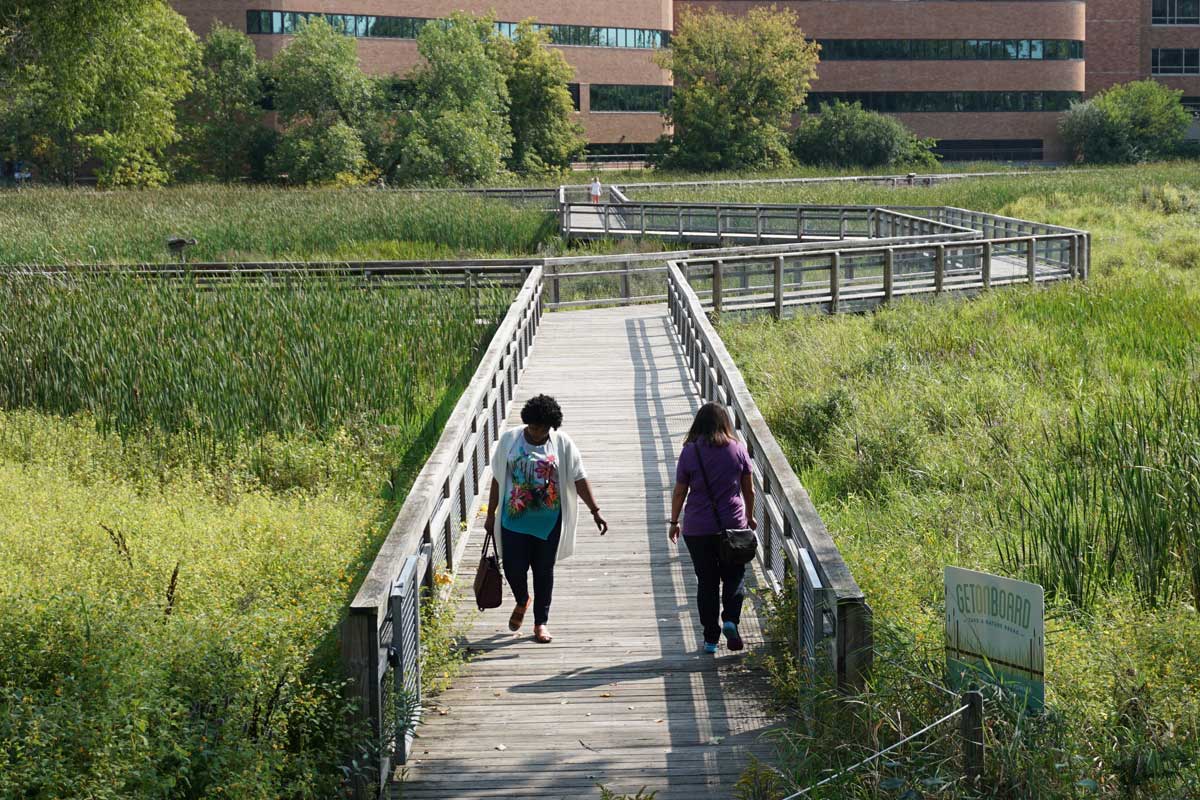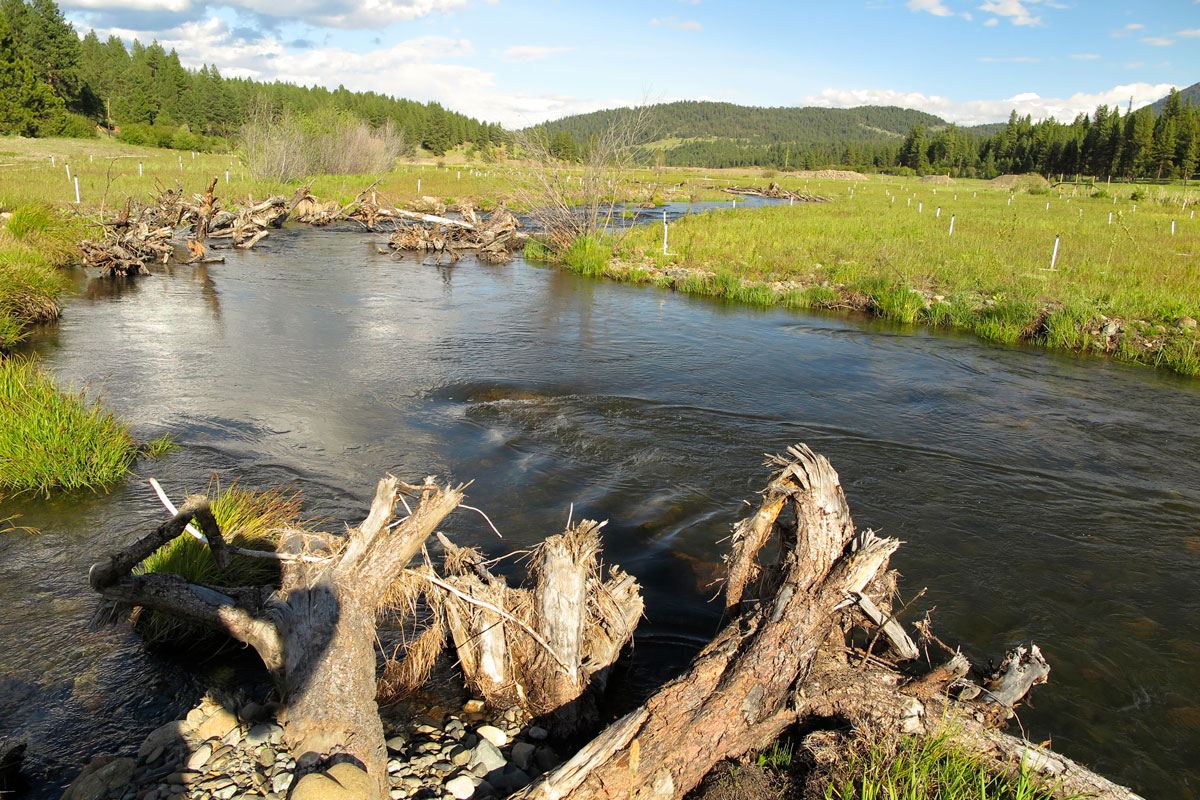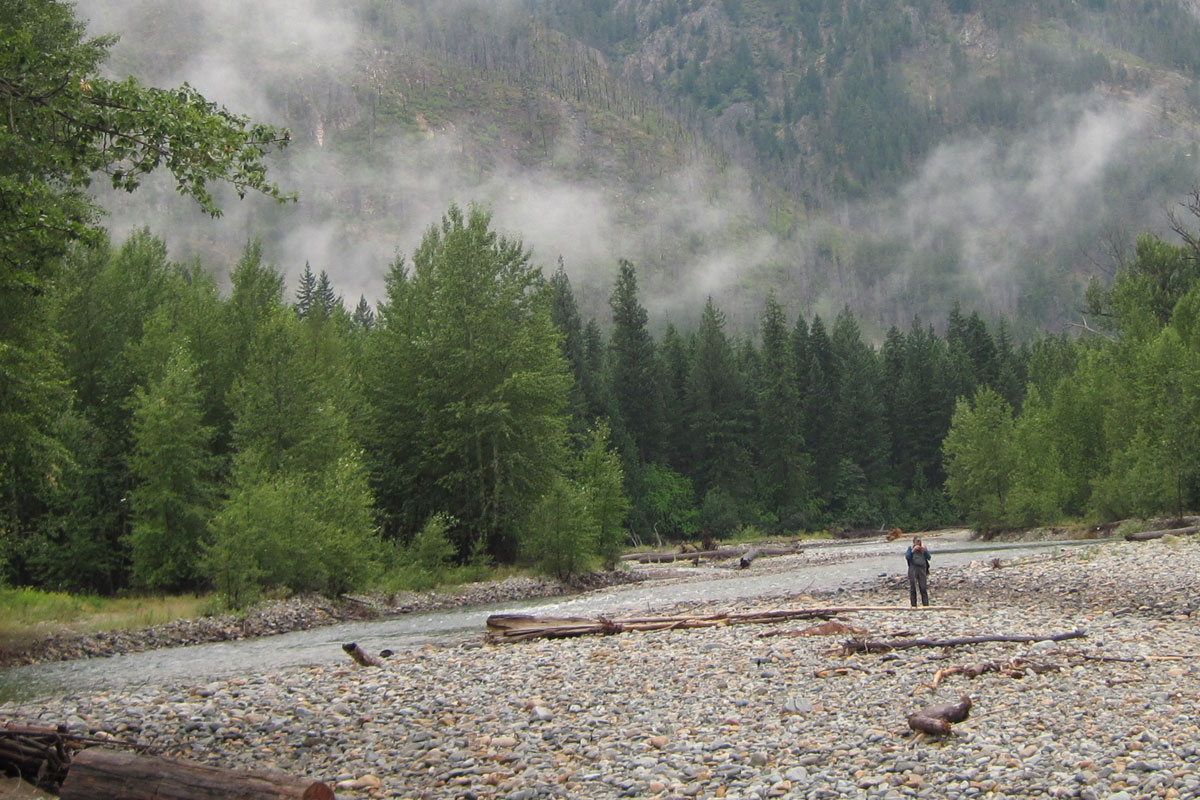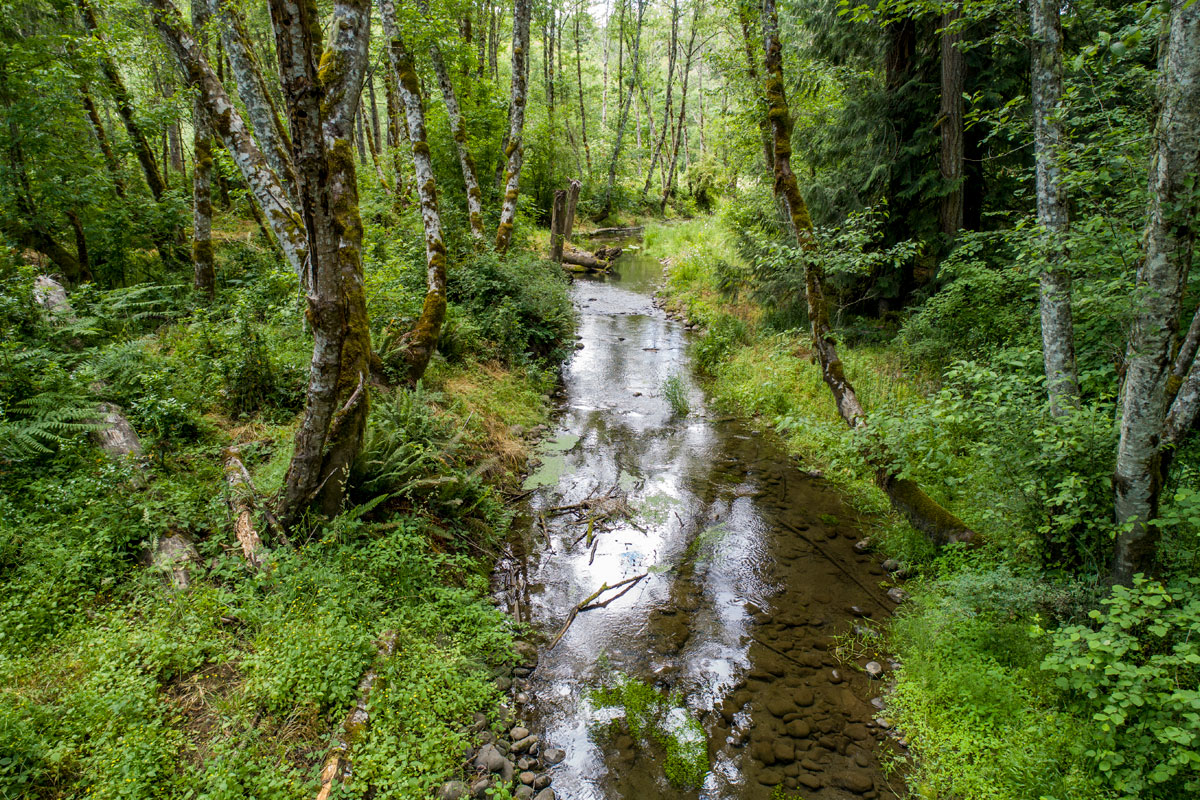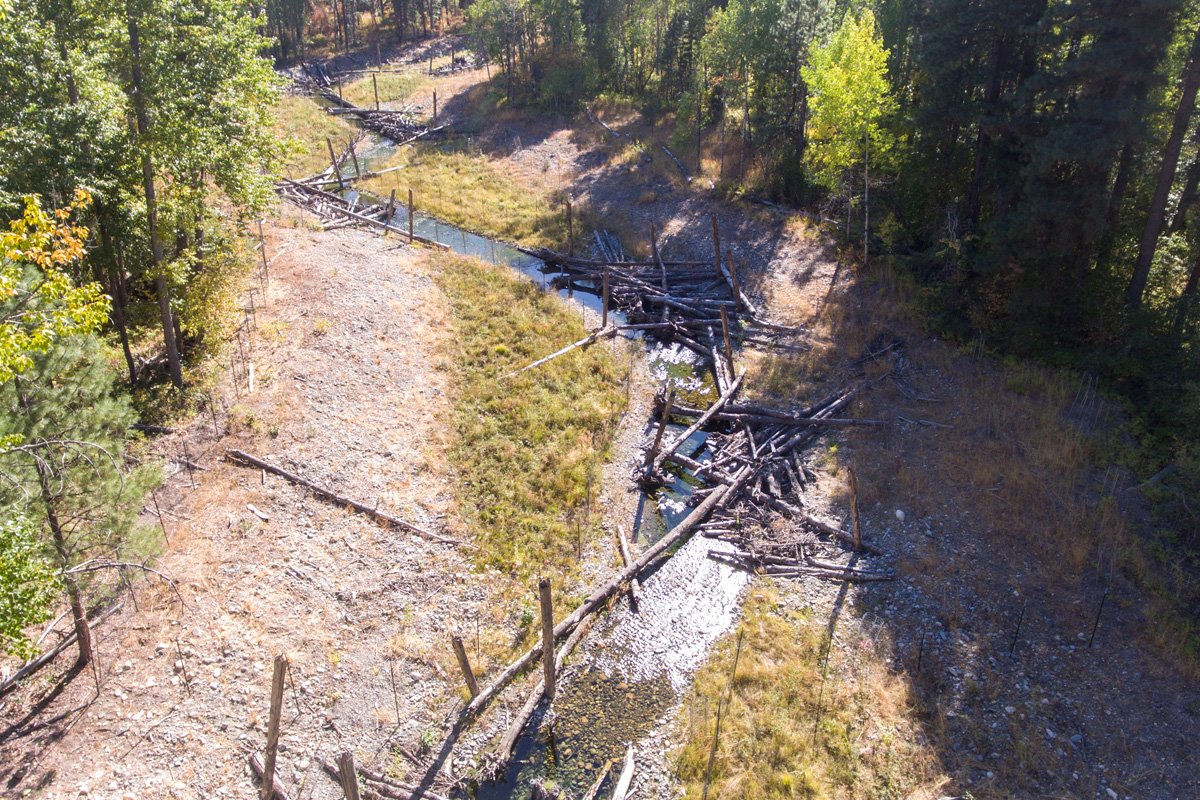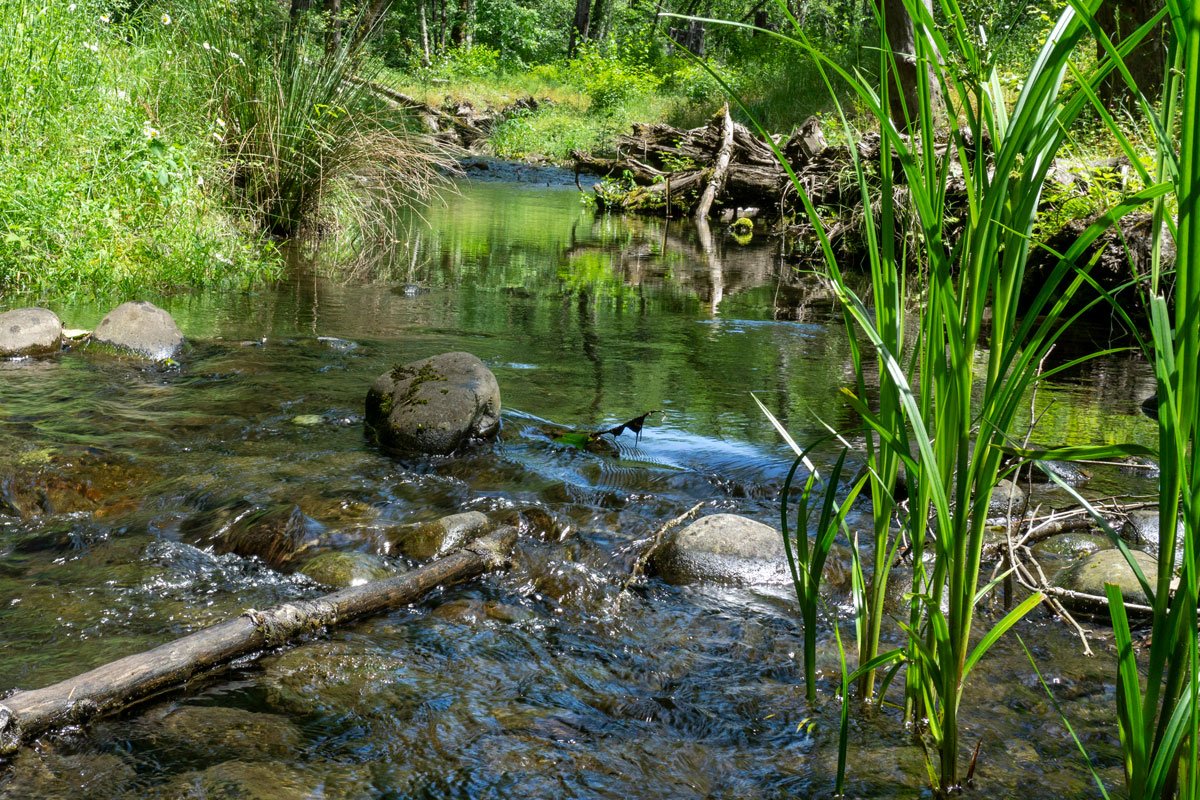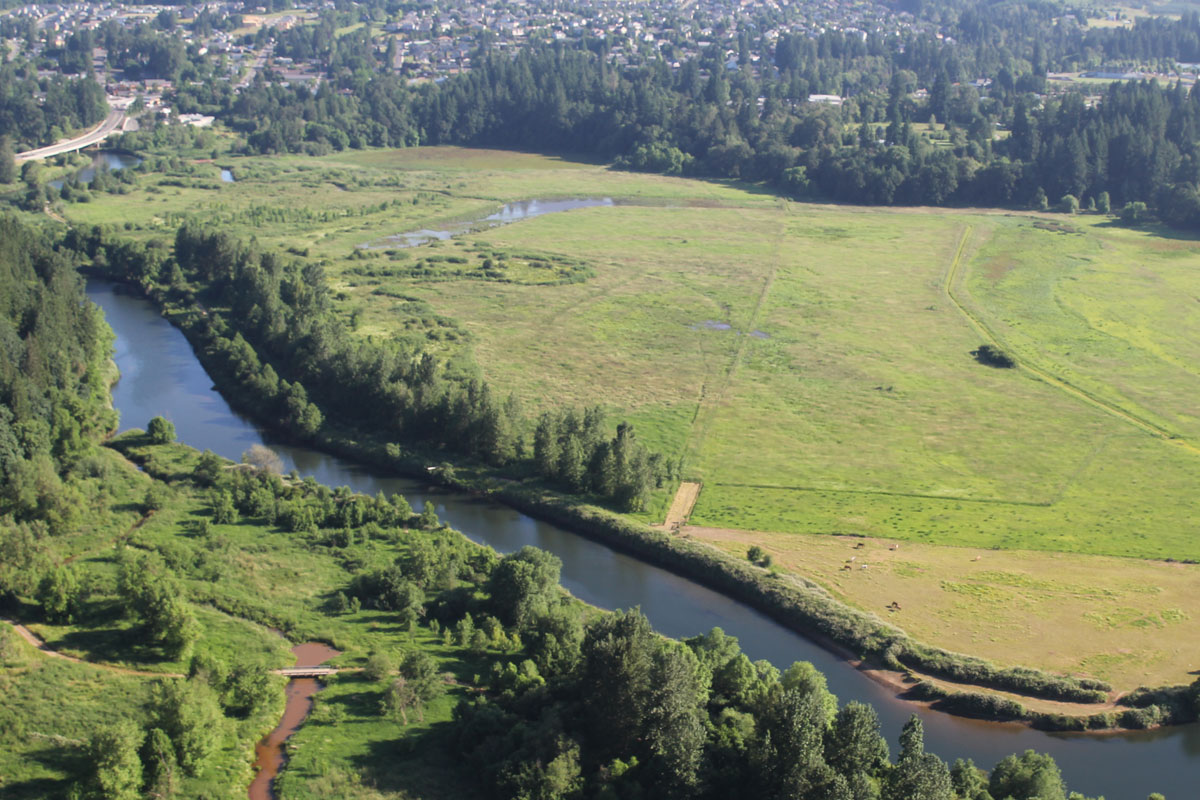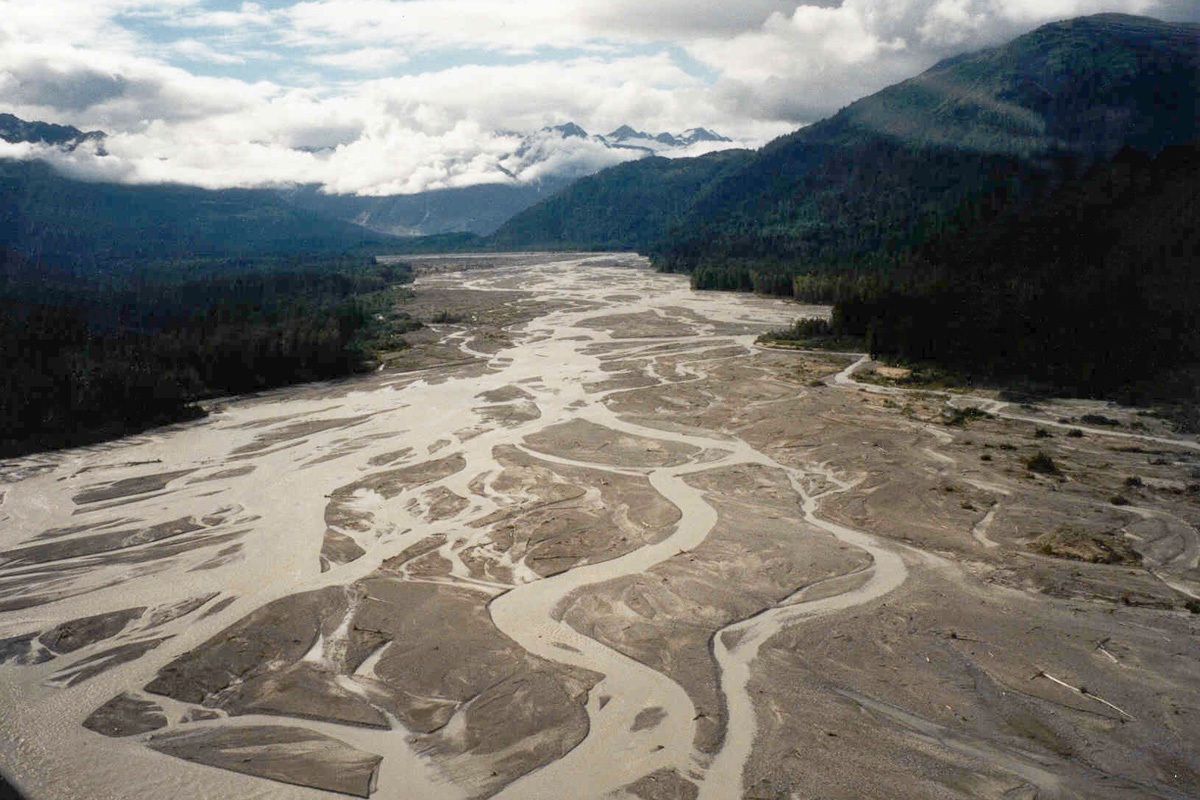Dry Creek Habitat Enhancement Feasibility & Alternatives Analysis, & Detailed Design, California
Dry Creek is a major tributary to the Russian River (CA) that has been managed intensively for forestry, agriculture and gravel mining since the 1850s, which resulted in 25 feet of channel incision. Since the early 1980s, Dry Creek has also been highly regulated for flood control and water supply by operation of Warm Springs Dam. In 2008, the Russian River Biological Opinion was finalized and included a requirement for substantial habitat enhancement in Dry Creek focused on ESA-listed coho salmon and steelhead trout.
The habitat enhancement project began in 2008 with extensive existing conditions surveys including, habitat unit inventory, hydrologic analysis and hydraulic modeling, feasibility and alternatives analysis, project identification and prioritization, and conceptual design for the full 14-mile reach. Extensive outreach to adjoining landowners, paved the way for initial pilot projects that provided examples of enhancement measures to gain community support. To date three miles of Dry Creek has been restored by Sonoma Water with another 3 miles in design under the guidance and participation of the San Francisco District, Army Corps of Engineers through a General Investigation Study.
Received 2020 Western Division American Fisheries Society Riparian Challenge Award
